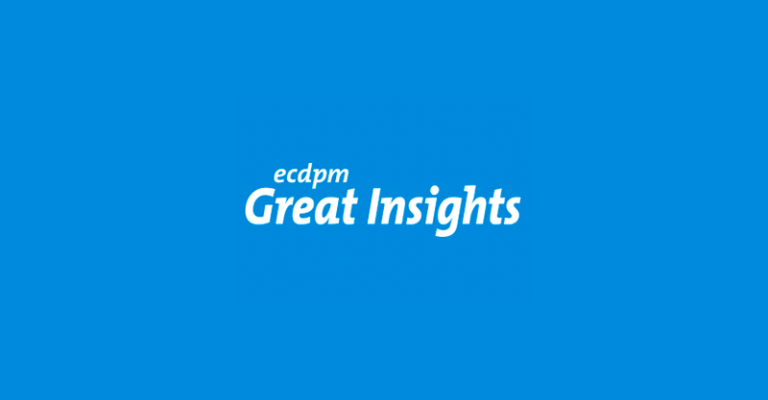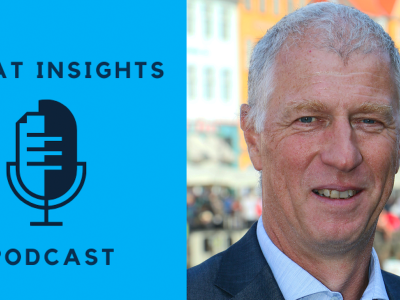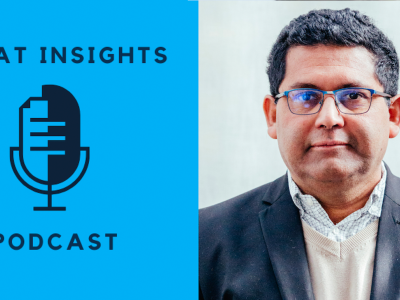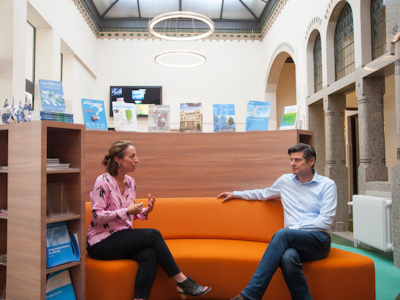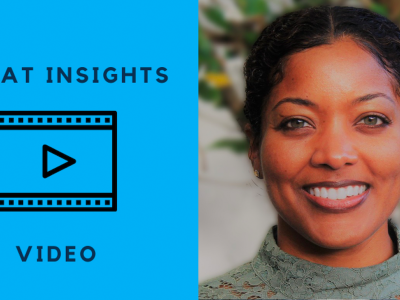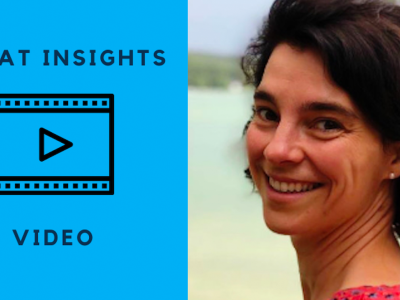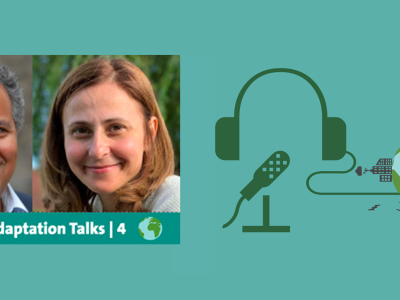
Climate banks can spur a green transition in this make-or-break decade
Green transition, green deals, Paris alignment and sustainable finance all amount to the same thing: financing more of what solves the problems we are facing, financing less of what causes the problems, and making sure we do this in a socially inclusive way.
We underestimate the climate danger ahead and how fast it’s approaching. Climate change threatens all of the systems we take for granted, such as weather, food, water, transport and finance. We need to make major changes before 2030. Otherwise, we dramatically increase the risk of “runaway” climate change scenarios.
Recovery from the COVID-19 pandemic can bring opportunities. We can make the green transition a key part of building back better.
A new green deal for every country
Climate action is at the heart of the new European Green Deal. This is an ambitious package of measures to cut EU greenhouse gas emissions by 55% by 2030, to reach carbon neutrality by 2050, invest in cutting-edge research and innovation, adapt to climate change and preserve the environment.
The European Green Deal has a major international component. That means the European Investment Bank (EIB), as the EU’s “climate bank” and the largest global multilateral development bank, needs to lead on climate change mitigation and adaptation in its financing and advisory services throughout the world. As with the pandemic vaccination response, if we don’t support all countries, we will never meet the Paris Agreement goals.
Internationally, we at the EIB aim to help all our client countries increase their climate action and environmental sustainability, as well as work towards the Sustainable Development Goals (SDGs). The EU and EIB together represent the biggest contributor of climate finance to developing countries, providing more than €20 billion annually in recent years. But financing clean, green investments is not enough if we carry on financing business as usual in other sectors. This is where article 2.1.c of the Paris Agreement comes in.
It’s about “Paris alignment”
The EIB finances billions of euros in climate and environment projects. If we are not helping all of our clients transition to greener, more resilient societies, we are not doing our job as a public bank. Public banks must lead by example. We have to align all our finance flows with the goals of the Paris Agreement, while also delivering finance for the SDGs. We have to partner with private finance to drive a deeper and more urgent greening of the financial system.
At the EIB, we have committed in 2019 to align all of our financing activities with the principles and goals of the Paris Agreement. We spent the following year working hard to put in place our Climate Bank Roadmap, laying out how we will do this. Now we are implementing that roadmap and sharing our experiences within the group of multilateral development banks, working together on Paris alignment based on our “Six Building Blocks” framework.
We also launched the EIB climate risk assessment system in 2019, to screen new projects for climate change risks. This is a big job because we sign €65 billion to €70 billion in new loans each year. But it’s a key aspect of Paris alignment, as is our commitment to stop financing unabated fossil fuel power.
We need to work harder
We have set a new green target: for climate action and environmental sustainability to exceed 50% of total EIB finance by 2025. That applies globally, but we want to make extra efforts in Africa. In 2020, in Africa we signed nearly €4 billion in own-resource loans, 27% of which went to specific climate action investments. Our work across the African continent helps thousands of small businesses, encourages women to start companies, brings safe water to millions of people and improves mobile connections and public transport.
But we need to do much more, in particular on adaptation around the world. We are therefore preparing an ambitious adaptation plan that will be launched at COP26 in November. We know that climate change impacts are accelerating. But developing adaptation projects is difficult because the best way to adapt is location-specific. Good adaptation involves introducing climate data analysis into the planning cycle as early as possible. This builds resilience not just into the project, but also into the system that the project is part of.
We have to help our clients with that challenge. To do that we need to identify and put in place specific facilities, advisory services and funding for adaptation. There is no time to waste.
This summer, we saw catastrophic floods across several European countries and China. Extreme heat, drought and worsening extreme weather are striking many parts of the world, including vulnerable least-developed countries and small island developing states.
More climate projects and better quality
Many developing countries need extra help in planning projects and accessing climate finance. The City Climate Finance Gap Fund launched in September 2020, for example, helps urban areas in Africa and around the world receive free technical assistance to prepare urban climate projects. So far, the Gap Fund has worked with 15 developing country cities to prioritise and prepare urban climate investments. The goals of the Gap Fund, supported by Germany and Luxembourg, are to accelerate investments and enhance long-term project quality, considering the fast speed of urban population growth in developing countries.
In Africa, there are few financial resources for managing climate impacts, whether in the domain of agriculture or infrastructure. I would like to see a lot more effort going to provide financial resources and technical assistance to address these problems – not only to develop plans for adaptation at the country, regional and city levels but to move from plans to bankable projects. This requires further assistance. It is exactly this “gap” that the GAP Fund addresses. We need to create a lot more initiatives like that.
One advantage of the developing world is that it is not locked into old industrial technologies for energy and transport. These countries urgently need power and transport, as well as economic growth. It is therefore key that our funding helps countries leapfrog quickly to modern low-carbon solutions.
Bringing electricity to many parts of Africa is a huge challenge. It will take billions of euros and many years to electrify the whole continent. While we are funding that, with a focus on renewable sources of power, we must also deliver off-grid renewable power and storage solutions. This means installing solar parks in cities and rural areas, as well as offering solar kits for homes, businesses and schools. Big change happens even with a small amount of power to run lights for a business or community. Businesses can stay open later, children can do schoolwork in the evening and people can charge a phone easily, giving them access to mobile payments and online banking.
My hope for COP26
Right now we are already in the make-or-break decade for climate change. What I hope to see at COP26 is clear and ambitious 2030 greenhouse gas reduction targets from countries and the public and private finance sector. These are needed to strengthen the many “net-zero” longer-term commitments. If we don’t get this decade right, “net-zero” will come too late. We can do it, but we have to look the problem in the eye and act now.
About the author
Nancy Saich is Chief Climate Change Expert at the European Investment Bank.
Twitter | Website
Read the full magazine issue
This article appears in the climate edition of ECDPM's Great Insights magazine – check out the full issue or the other articles and multimedia below.

